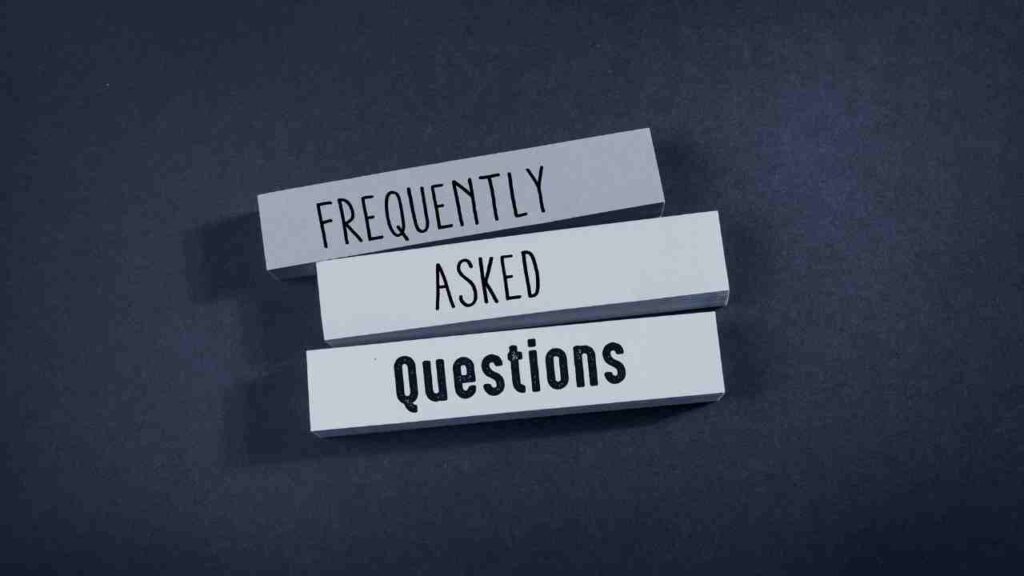Aligning Resources and Priorities with CRM

Customer Relationship Management (CRM) is a vital tool for businesses of all sizes. It allows organizations to manage their interactions with customers, streamline processes, and improve overall efficiency. However, simply implementing a CRM system is not enough. To truly harness the power of CRM, businesses must align their resources and priorities with the system. In this article, we will explore the importance of aligning resources and priorities with CRM and provide valuable insights on how to do so effectively.
The Benefits of Aligning Resources and Priorities with CRM
Aligning resources and priorities with CRM can have a significant impact on a business’s success. Here are some key benefits:
- Improved Customer Satisfaction: By aligning resources and priorities with CRM, businesses can better understand their customers’ needs and preferences. This allows them to provide personalized and timely support, leading to increased customer satisfaction.
- Increased Efficiency: When resources and priorities are aligned with CRM, businesses can automate repetitive tasks, streamline processes, and eliminate manual data entry. This frees up time for employees to focus on more strategic activities, ultimately increasing efficiency.
- Better Decision Making: CRM systems provide valuable insights into customer behavior, preferences, and buying patterns. By aligning resources and priorities with CRM, businesses can make data-driven decisions, resulting in improved marketing strategies, product development, and customer retention.
- Enhanced Collaboration: CRM systems enable cross-functional collaboration by providing a centralized platform for sharing customer information. When resources and priorities are aligned with CRM, teams can work together more effectively, leading to improved communication and collaboration.
Steps to Align Resources and Priorities with CRM
Aligning resources and priorities with CRM requires careful planning and execution. Here are some steps to help businesses effectively align their resources and priorities with CRM:
1. Define Clear Objectives
Before implementing a CRM system, businesses must define clear objectives. This involves identifying the specific goals they want to achieve with CRM, such as increasing sales, improving customer satisfaction, or enhancing marketing effectiveness. By clearly defining objectives, businesses can align their resources and priorities accordingly.
2. Conduct a Resource Assessment
Once objectives are defined, businesses should conduct a resource assessment to determine the resources required to achieve those objectives. This includes evaluating the existing infrastructure, technology, and human resources. By understanding the resources available, businesses can identify any gaps and allocate resources effectively.
3. Choose the Right CRM System
Choosing the right CRM system is crucial for aligning resources and priorities effectively. Businesses should consider their specific needs, budget, and scalability when selecting a CRM system. It is also important to choose a system that integrates well with existing tools and technologies to ensure a seamless implementation.
4. Provide Adequate Training
Implementing a CRM system without proper training can lead to resistance and inefficiencies. Businesses should invest in comprehensive training programs to ensure employees understand how to use the CRM system effectively. This includes training on data entry, reporting, and analysis, as well as ongoing support to address any questions or concerns.
5. Integrate CRM into Existing Processes
To maximize the benefits of CRM, businesses should integrate it into existing processes. This involves mapping out the customer journey and identifying touchpoints where CRM can be utilized. By integrating CRM into existing processes, businesses can ensure a seamless flow of information and avoid duplication of efforts.
6. Monitor and Measure Performance
Regularly monitoring and measuring performance is essential for aligning resources and priorities with CRM. Businesses should establish key performance indicators (KPIs) to track progress towards their objectives. This includes monitoring metrics such as customer satisfaction, sales revenue, and customer retention rates. By analyzing performance data, businesses can identify areas for improvement and make necessary adjustments.
Case Study: XYZ Company
XYZ Company, a leading e-commerce retailer, successfully aligned their resources and priorities with CRM, resulting in significant improvements in customer satisfaction and sales. Here’s how they did it:
1. Defined Clear Objectives: XYZ Company identified their objective of improving customer satisfaction and increasing repeat purchases through personalized marketing campaigns.
2. Conducted a Resource Assessment: They assessed their existing resources, including their CRM system, marketing tools, and customer support team.
3. Chose the Right CRM System: XYZ Company selected a CRM system that integrated well with their existing tools and provided the necessary features for personalized marketing campaigns.
4. Provided Adequate Training: They invested in comprehensive training programs to ensure their marketing and customer support teams were proficient in using the CRM system.
5. Integrated CRM into Existing Processes: XYZ Company mapped out their customer journey and identified touchpoints where CRM could be utilized, such as personalized email marketing and targeted promotions.
6. Monitored and Measured Performance: They established KPIs to track customer satisfaction, repeat purchase rates, and revenue generated from personalized marketing campaigns. Regular performance reviews helped them identify areas for improvement.
Aligning resources and priorities with CRM is essential for businesses to fully leverage the benefits of CRM. By defining clear objectives, conducting a resource assessment, choosing the right CRM system, providing adequate training, integrating CRM into existing processes, and monitoring performance, businesses can optimize their CRM implementation and drive success. Remember, a well-aligned CRM system can lead to improved customer satisfaction, increased efficiency, better decision making, and enhanced collaboration. So, take the necessary steps to align your resources and priorities with CRM and unlock its full potential for your business.
Visit https://SaasExpert.ca – Your All-In-One Sales and Marketing Platform for small businesses, agency owners, and marketers.
Learn more about “Leveraging CRM Solutions for Resources Strategy” right here.
Frequently asked questions about Aligning Resources and Priorities with CRM.

How can CRM align my team’s efforts with our company’s top priorities? 🎯
Answer: A CRM isn’t just a tool; it’s the compass that points your team’s efforts in the direction of your company’s goals. By setting up your CRM to reflect your business priorities—be it customer retention, lead generation, or sales growth—you create a unified focus. 🤝 With features like task automation, prioritized workflows, and real-time reporting, your CRM can direct resources to key areas, ensuring that every action taken is a step towards achieving your strategic objectives. Plus, it fosters a culture of transparency and accountability, as everyone can see how their role fits into the bigger picture. 🌟
What CRM features are crucial for managing and prioritizing resources effectively? 🔍
Answer: To manage and prioritize resources like a pro, leverage your CRM’s project management integrations, advanced analytics, and customizable dashboard features. 🛠️ These functionalities allow you to assign tasks based on current priorities, forecast resource needs, and track progress against your goals. For example, you can use your CRM to triage customer queries, ensuring that high-value clients get VIP treatment. By using these tools to visualize and analyze your resource distribution, you can make data-backed decisions to keep your priorities aligned at all times. 📊
Can CRM software help in identifying which projects should get more resources? 🤔
Answer: Certainly! A CRM is like a business’s brain, constantly processing information to determine which projects are thriving and which need a boost. 🧠 By tracking engagement metrics, conversion rates, and customer feedback, a CRM can highlight projects with the highest strategic value or those that are close to a breakthrough. This means you can dynamically allocate resources to projects that promise the best returns or need a final push, ensuring you’re always investing in the right areas. 💡
How does a CRM contribute to aligning team goals with business strategies? 🔄
Answer: A CRM acts as the glue that binds team goals with overarching business strategies. By breaking down silos and fostering collaboration, it ensures that every team member is pulling in the same direction. 🛶 Setting up shared objectives, KPIs, and milestones within your CRM creates a cohesive roadmap that everyone can follow. Regular updates and alerts keep teams aware of their progress and remind them of the company’s strategic targets, making it easier to stay on course or adjust as necessary. 🧭
In what ways can CRM drive cost-efficiency in aligning resources with business priorities? 💸
Answer: CRM drives cost-efficiency by eliminating guesswork and redundancy. It provides a clear outline of where to allocate financial, human, and technical resources for maximum impact. 📉 By analyzing data trends and customer behavior, a CRM can prevent overinvestment in low-return areas and spotlight opportunities for cost savings. Moreover, automating routine tasks reduces labor costs and frees up your team to focus on strategic initiatives. This streamlined approach ensures that every dollar spent is an investment towards your company’s priorities. 📈






